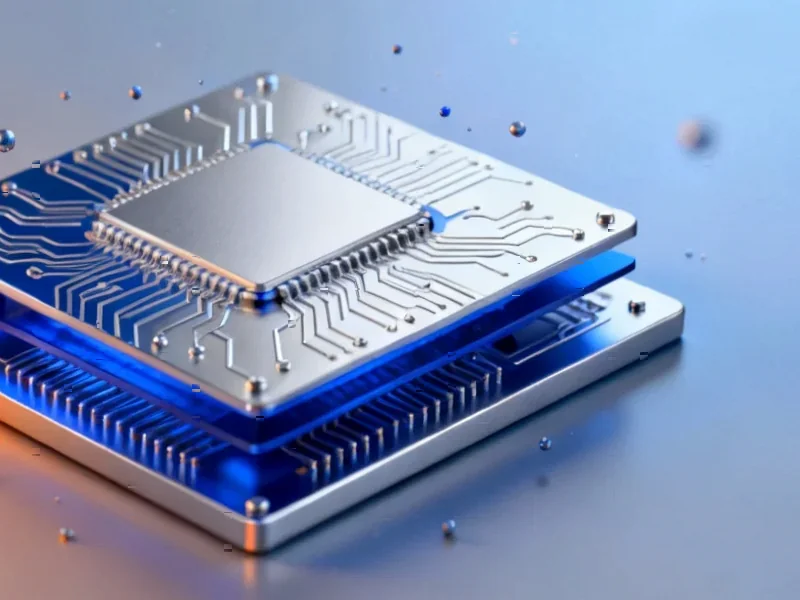According to PCWorld, AMD’s client business hit a record $2.8 billion in Q3 2025, with desktop CPU sales reaching all-time highs driven by Ryzen 9000 processors. The company’s overall Client and Gaming segment brought in $4 billion, slightly behind data center’s $4.3 billion. AMD’s desktop CPU market share has gained almost 10 percentage points since last year, and CEO Lisa Su expects that growth to continue. Interestingly, Ryzen notebook sales “increased sharply” despite Intel’s traditional dominance in mobile. The company also saw growth from console chips as Microsoft and Sony ramp production, though it predicts a “strong double digits” gaming revenue decline post-holiday season.
The quiet PC revolution
Here’s what’s fascinating – analysts didn’t ask a single question about AMD’s PC business during the earnings call. Everyone was so focused on AI and data center that they completely overlooked the company quietly eating Intel’s lunch in its traditional stronghold. AMD’s gaining nearly 10% market share in a single year is absolutely massive in the processor world. That’s not just incremental growth – that’s fundamentally changing the competitive landscape.
The notebook surprise
But the real story might be in notebooks. Lisa Su mentioned Ryzen notebooks “increased sharply” during the quarter, which is significant because Intel has historically maintained an 80-20 split in mobile. If AMD is finally making serious inroads there, Intel’s facing pressure on literally every front. Think about it – AMD’s already strong in desktops, competitive in servers, and now potentially breaking Intel’s mobile stronghold. That’s a complete reversal from just a few years ago.
Gaming keeps rolling
AMD’s gaming business is showing interesting momentum too. The Radeon 9000 series is driving significant revenue growth, and FSR4 now supports over 85 games. The console business is giving them a holiday boost, though they’re wisely warning about the inevitable post-holiday slowdown. Basically, AMD’s playing the long game across multiple segments rather than putting all their eggs in the AI basket.
Where does this lead?
So what happens if AMD keeps gaining share at this rate? We could be looking at a much more balanced processor market within a couple of years. Intel’s response will be crucial – they can’t afford to lose their notebook dominance too. Meanwhile, AMD’s ability to execute across PC, data center, and gaming simultaneously shows this isn’t a fluke. They’ve built a sustainable growth engine that doesn’t depend entirely on the AI hype cycle. And honestly, that might be the most impressive part of this story.




